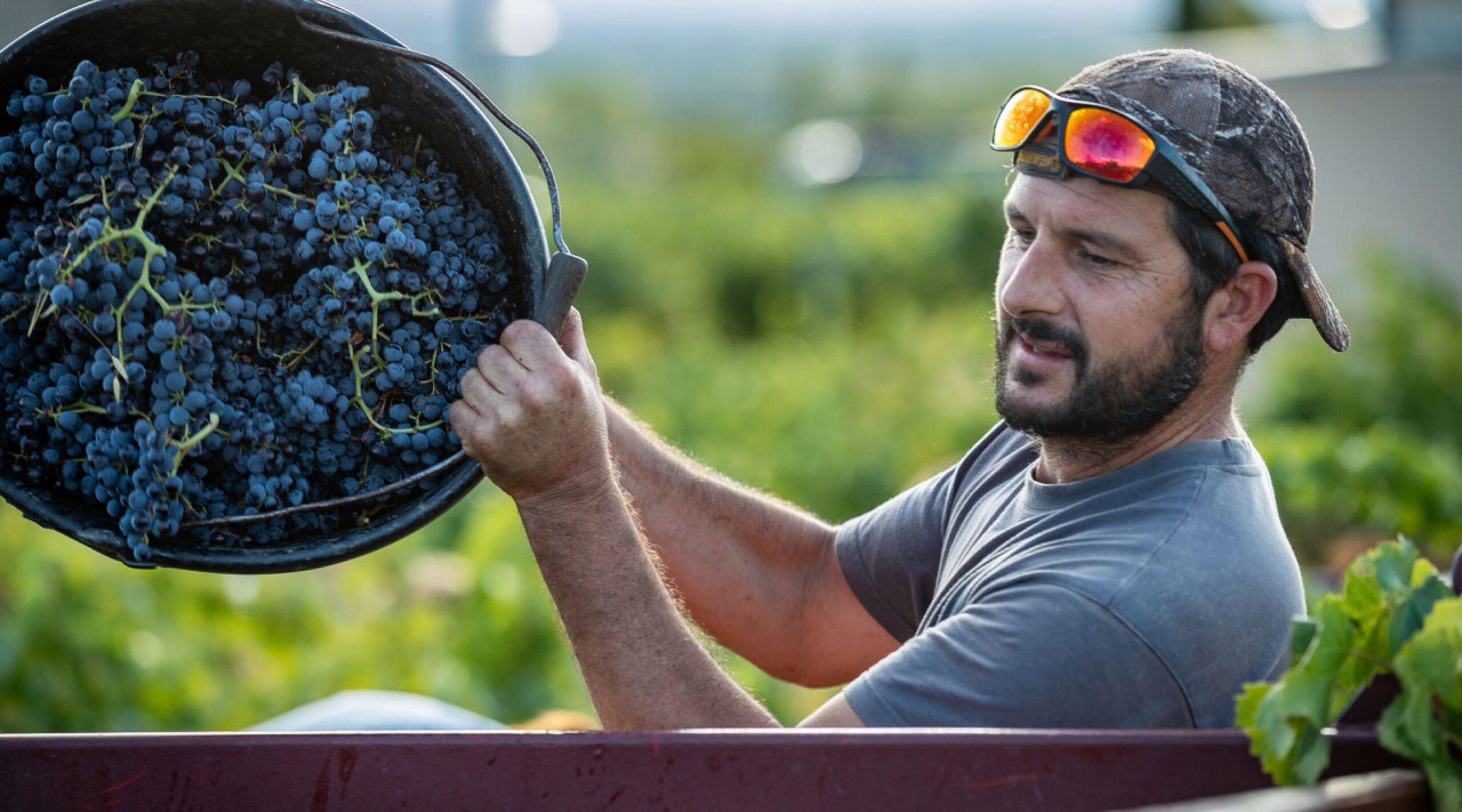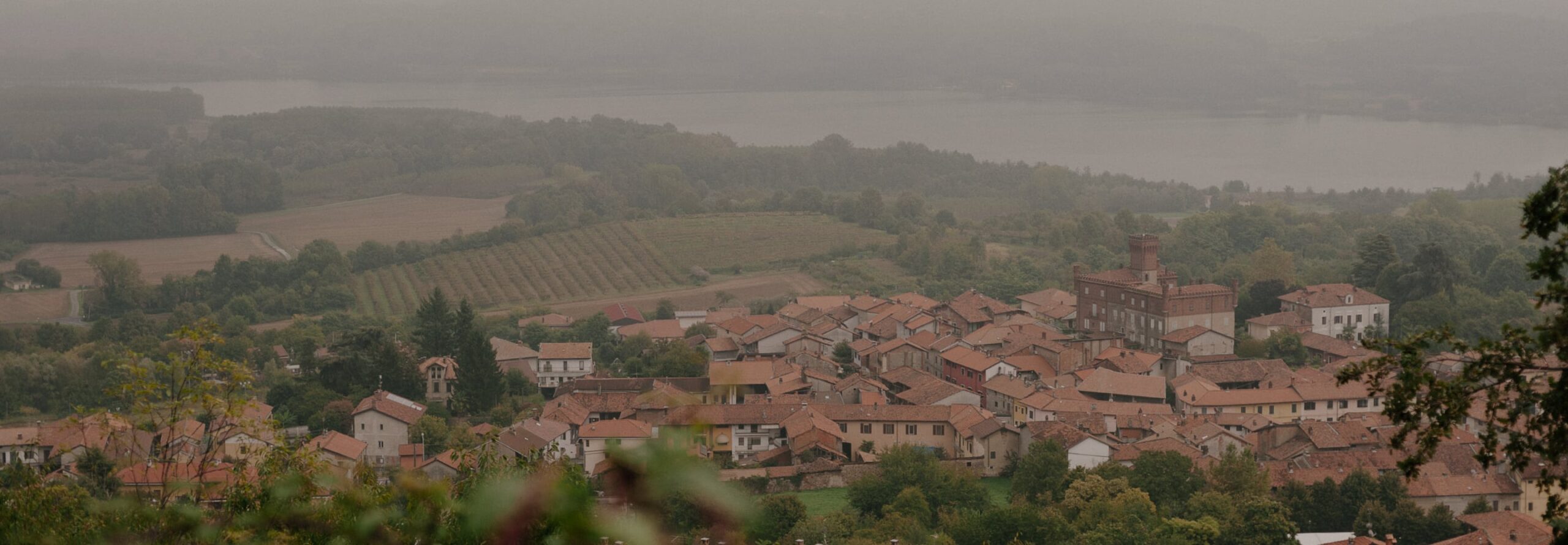The Domaine Gour de Chaulé, situated in the heart of the village of Gigondas, was founded in 1900 by Eugene Bonfils, the great-grandfather of the current proprietor, Stephanie Fumoso. All the wine produced at the estate was sold in bulk to negociants until 1970 when Madame Rolande Beaumet, Eugene’s daughter and the grandmother of Stéphanie, began to bottle a small percentage of the estate’s wine for sale to private clients. Madame Beaumet’s daughter, Aline Bonfils, ascended to the head of the domaine in the early 1980s and it was under the direction of Aline that the tradition of estate bottling expanded significantly. We arrived at her doorstep virtually at that same moment and, from that day, we became the exclusive representative in the USA of the Domaine Gour de Chaulé, purchasing increasingly more important quantities of this classic version of Gigondas.
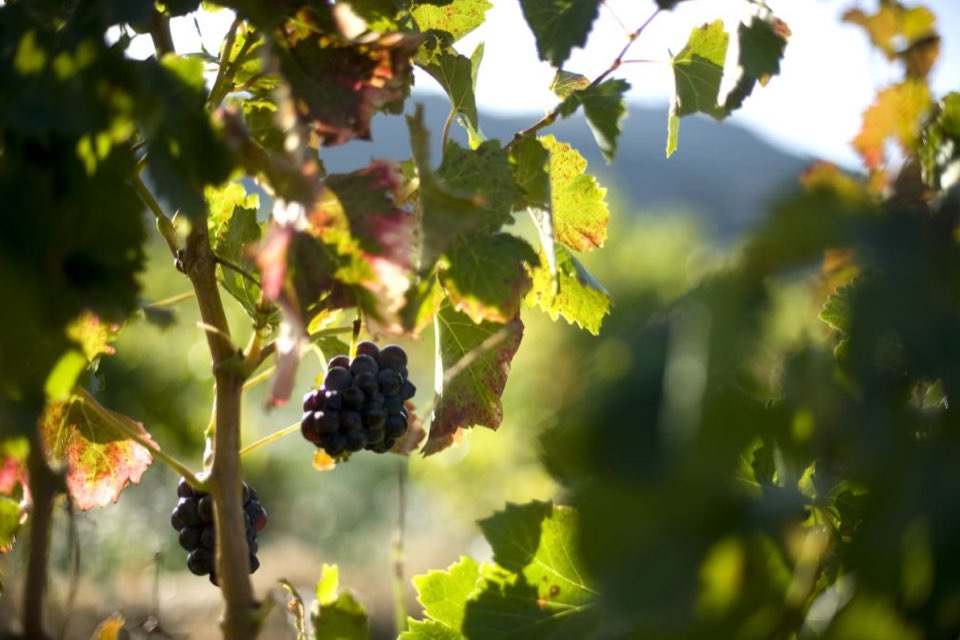
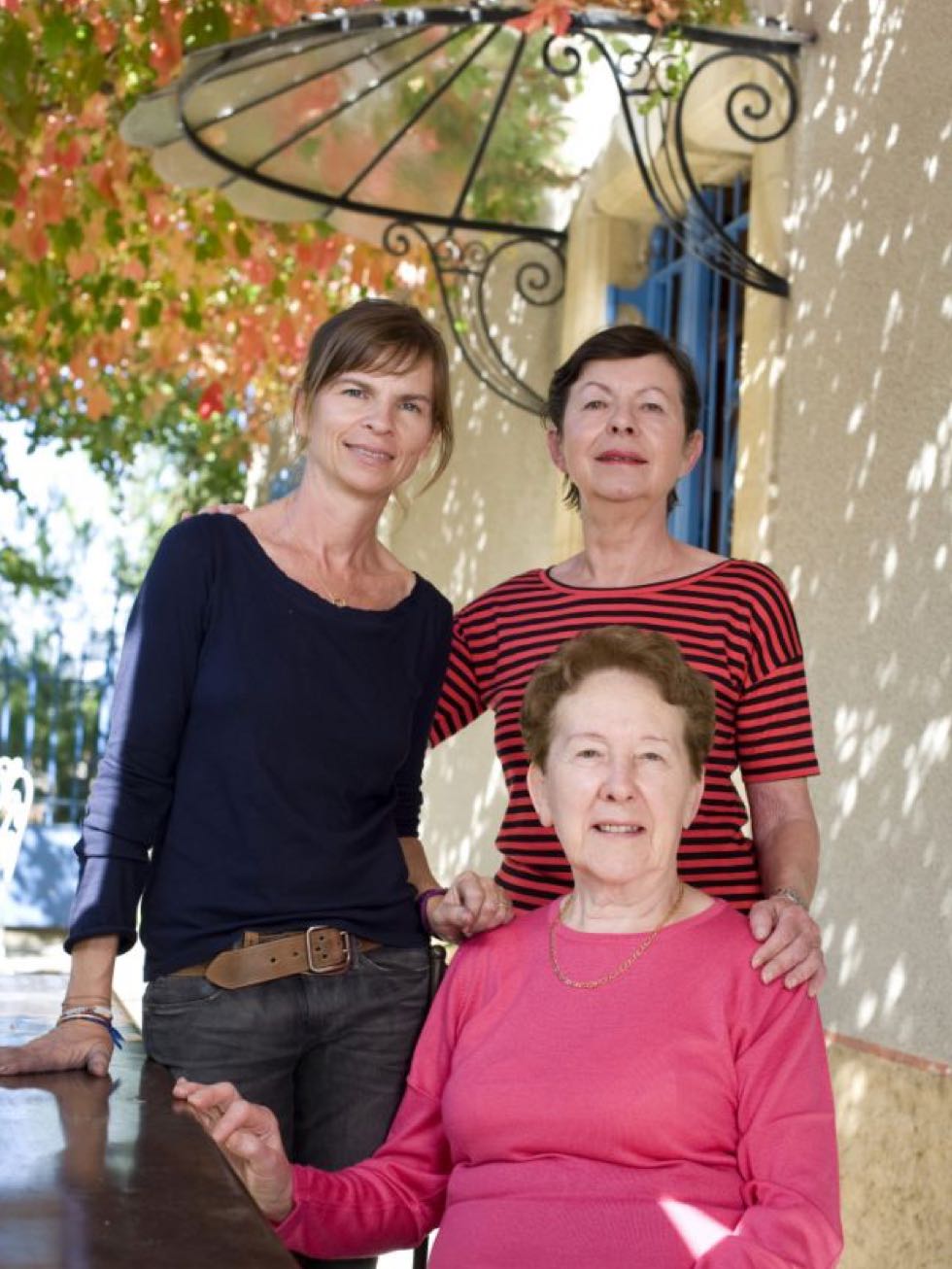
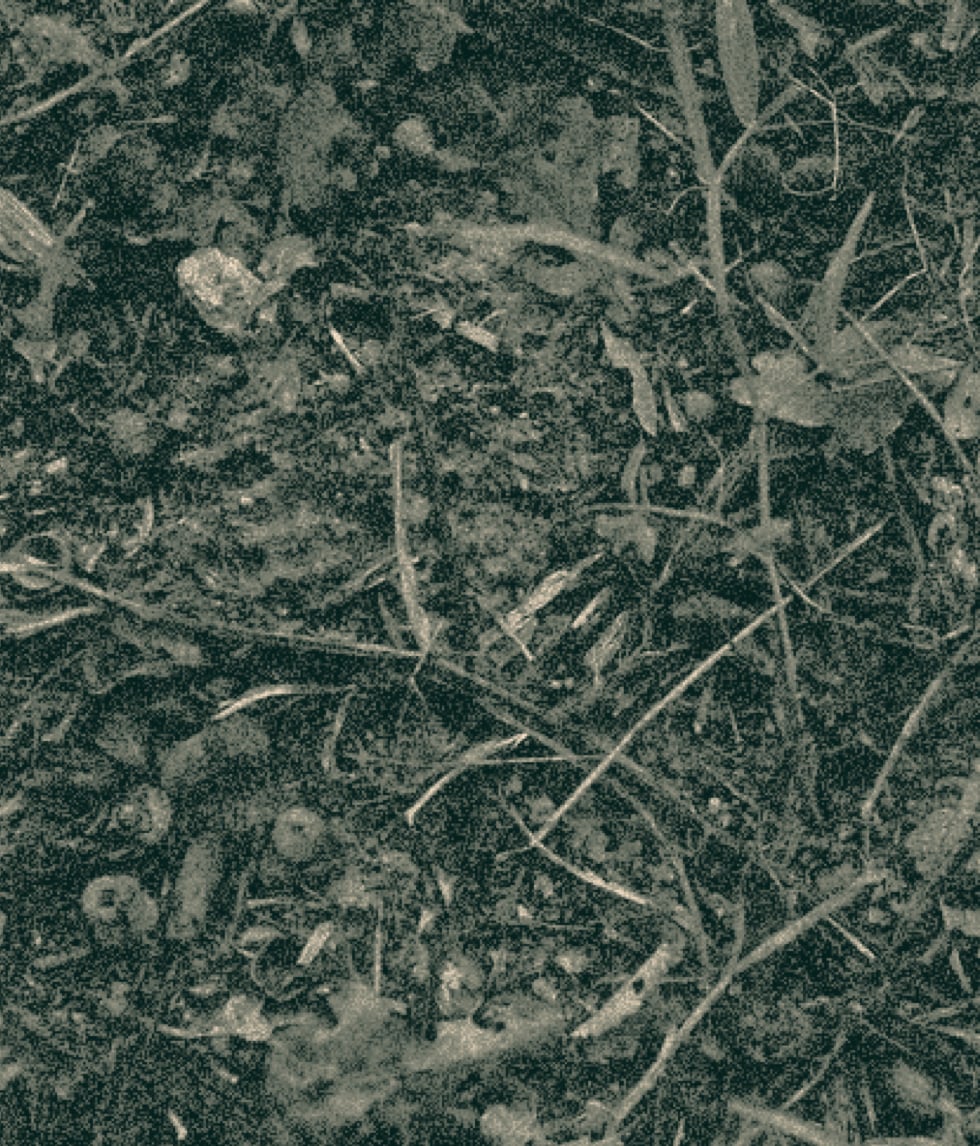
Aline Bonfils believes strongly in Grenache as the heart and soul of Gigondas and she has transmitted this philosophy to her daughter, Stéphanie.
The domaine comprises 15 hectares, 10 of which are within Gigondas with the remaining 5 hectares situated in the surrounding communes of Vacqueyras and Violes. Aline Bonfils believes strongly in Grenache as the heart and soul of Gigondas and she has transmitted this philosophy to her daughter, Stéphanie. Thus, 85% of the vineyards are planted to Grenache, with approximately 10% dedicated to Syrah and Mourvèdre and the balance planted to Cinsault. Further, this family has always conducted their affairs with the understanding that minimal intervention in the vineyards and in the cave is essential to preserving the essential character of the wines of this important appellation. Note, particularly, that the red wines here are produced from grapes that are not destemmed, an approach that we believe is essential to provide the classic character of Gigondas.
The Domaine Gour de Chaulé is one of the most important domaines in the RWM portfolio, not only in terms of volume of wine purchased but with respect, as well, to the depth of mutual commitment between our two families. We are continually impressed by the consistent high quality, the exceptional value and the faithful representation of the essence of this appellation that issue from this estate annually. We are honored to present the three wines of Gour de Chaulé.
Farming
Certified organic by Ecocert
Treatments
Copper-sulfate only
Ploughing
Annual ploughing to maintain vineyard health
Soils
Limestone-clay and sands
Vines
Trained in Gobelet, vines average 55 years old.
Yields
Controlled through pruning, debudding, and green harvesting, yields average 28-32 hl/ha.
Harvest
Entirely manual, usually late September
PURCHASING
Entirely estate fruit
Fermentation
Red wines ferment spontaneously as whole clusters in concrete vats except Cuvée La Numéro Huit, which is partially destemmed. Cuvaison lasts 3-6 weeks. Rosé ferments with selected yeasts in stainless-steel tanks.
Extraction
Pumpovers and racks-and-returns during cuvaison
Chaptalization
None
Pressing
Pneumatic pressing
Malolactic Fermentation
Spontaneous, in vat following alcoholic fermentation for red wines. Prevented via temperature for rosé wines.
Élevage
Rosé ages 6 months in stainless-steel tanks. Cuvée La Numéro Huit ages 18 months in concrete eggs. Côtes-du-Rhône ages c. 18 months in concrete vats (70%) and neutral, 600-l demi muids (30%). Cuvée d’Eugène spends 24 months in neutral barriques, and Cuvée Tradition spends 24 months in large foudres.
LEeS
Red wines are racked following malolactic and remain on their fine lees until assemblage prior to bottling. Rosé wines remain on their fine lees until assemblage prior to bottling.
FINING & FILTRATION
Unfined and unfiltered
SULFUR
Applied at harvest and at bottling. Cuvée La Numéro Huit sees no added sulfur.

